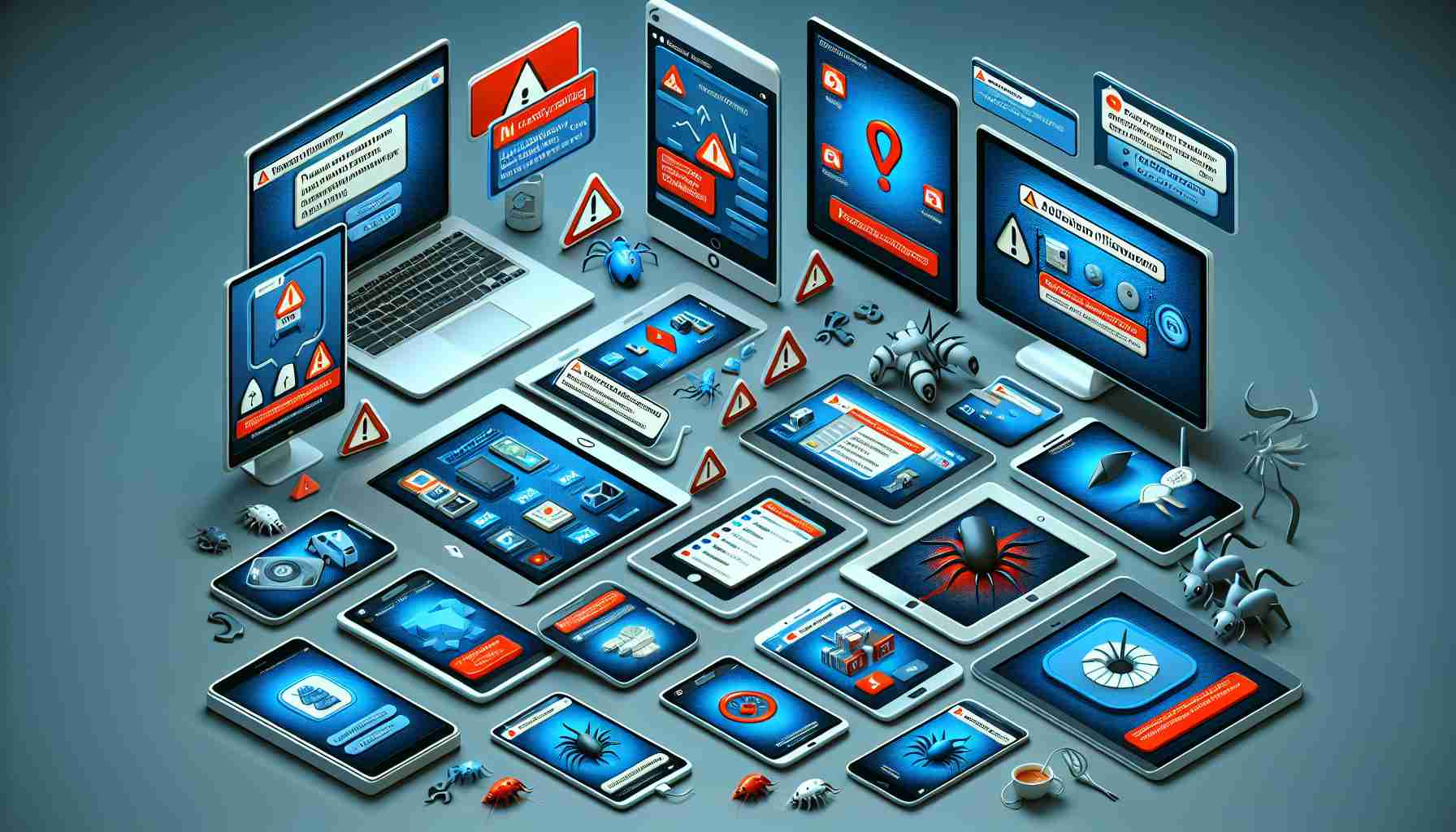Swift Battery Drainage: Be alert if your device’s battery life starts to plunge rapidly, a potential red flag for hidden malware operations.
Rising Data Consumption: Keep an eye on your data usage statistics. A sudden increase without explanation could suggest the presence of malicious software stealthily using data.
Device Slowdown: Noticeable declines in your gadget’s responsiveness or unexpected delays can often trace back to malware occupying crucial processing power and memory resources.
Invasive Advertisements: An onslaught of unwanted advertisements, especially those that seem irrelevant to your browsing habits, could indicate malware attempting to monetize its presence on your device.
Odd Device Activity: If your device begins to crash frequently, settings appear altered without your input, or new, unfamiliar applications emerge, malware could be the culprit.
Excess Device Heat: A device that becomes unusually hot during normal tasks may be under the stress of malware, pushing the hardware beyond its typical operations.
Unanticipated Fees: Scrutinize your monthly statements for any mysterious charges. Malware can sometimes subscribe you to services you’ve never used, or initiate calls and messages without your consent.
Understanding Malware Symptoms: Protect Your Devices
When malware infects a device, it can manifest in various ways that disrupt normal functions and compromise security. Malware – short for malicious software – covers a range of software designed to harm or exploit any programmable device, service, or network. Symptoms of a malware infection can range from subtle to blatantly obvious. Here’s what users need to watch for:
Swift Battery Drainage: Malware often runs numerous background tasks that can quickly drain your device’s battery. This is particularly concerning when the battery life shortens dramatically without any change in your usage patterns.
Rising Data Consumption: Malware can transmit data from your device to external servers, leading to unexplained spikes in data usage. This could include uploading personal information or downloading additional malicious payloads.
Device Slowdown: Performance degradation is a classic symptom of malware infection. Malicious programs can hog system resources, making your device slower and less responsive.
Invasive Advertisements: Adware, a type of malware, bombards your device with unsolicited ads. These ads are not just annoying; they can redirect you to harmful websites or phishing domains.
Odd Device Activity: Malware can alter device settings, install apps, or execute other unauthorized activities. If you observe unusual behavior, it’s time to investigate for possible malware.
Excess Device Heat: While it’s normal for devices to heat up occasionally, excessive heat during regular tasks might be a sign of malware. The strain on the processor from hidden malware processes can cause overheating.
Unanticipated Fees: Unauthorized charges on your billing statements can be a direct impact of malware activities. It’s crucial to regularly review your bills for any signs of fraudulent activity.
To protect yourself against malware, it’s important to install antivirus software, keep your operating system and applications updated, and be cautious about the links you click and the downloads you initiate.
Key Questions and Answers:
– Q: How can I tell if my device has malware?
– A: Look for symptoms like battery drainage, excessive data use, slow performance, unusual activity, pop-up ads, device overheating, and unexpected charges.
– Q: What should I do if I suspect malware on my device?
– A: Run a complete antivirus scan, remove any suspicious applications, change your passwords, and if necessary, consider a factory reset after backing up your data.
Key Challenges:
Detecting and eradicating malware can be challenging, as it often disguises itself or integrates deeply into the system. Even well-designed antivirus software may not catch the most advanced threats.
Controversies:
A controversial aspect of malware protection is privacy. Some antivirus solutions require extensive permissions, which raise concerns about data collection and user privacy.
Advantages and Disadvantages:
Advantages:
– Quick identification of symptoms can lead to early detection and removal of malware.
– Understanding and recognizing malware symptoms can help in preventing future infections.
Disadvantages:
– Some malware symptoms can also stem from non-malicious causes, leading to confusion.
– Vigilance against malware requires constant updates and awareness, which can be demanding for users.
For more information on how to protect your devices and understand malware symptoms, you can visit reputable cybersecurity websites such as Kaspersky, Norton, or McAfee. Make sure to only click on links you trust and verify their authenticity to prevent falling prey to malicious websites.
The source of the article is from the blog guambia.com.uy
